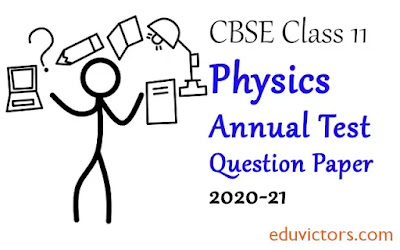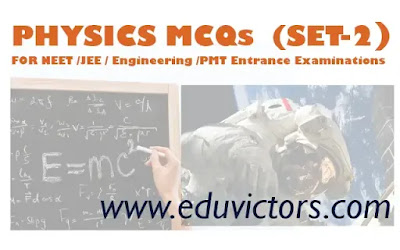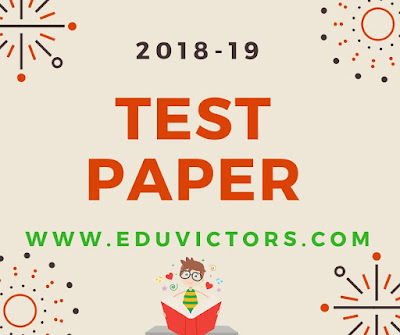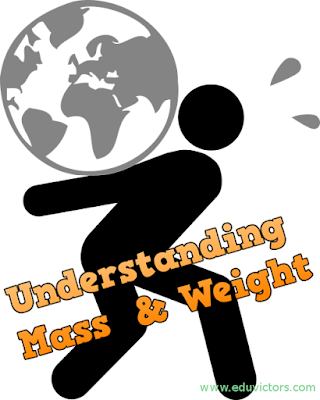Class 11 - Physics - Mechanical Properties of Solids and Fluids - Important Points to Remember
1. Elasticity:
It is the property of a material by which it tries to regain its original configuration after the removal of the deforming force applied to it. Example of perfectly elastic solid, quartz, phosphor, bronze.
2. Plasticity:
It is the property of a body by virtue of which it does not regain its original shape and size even after the removal deforming force, is called plasticity.

















